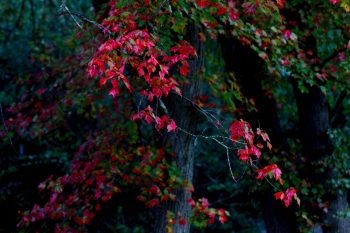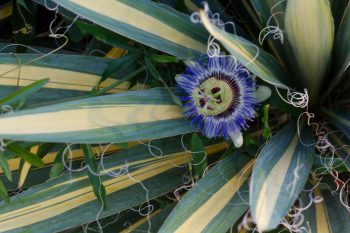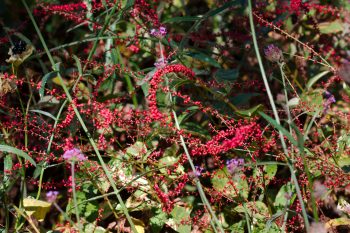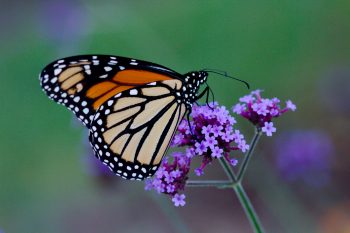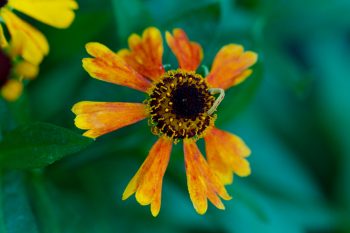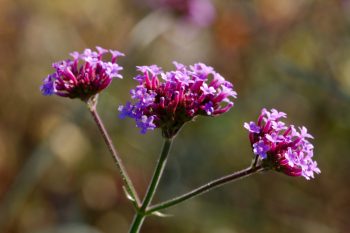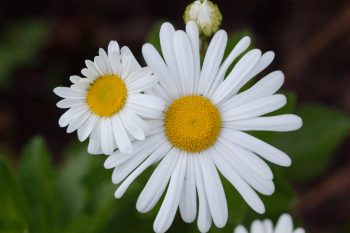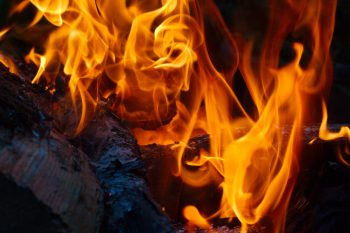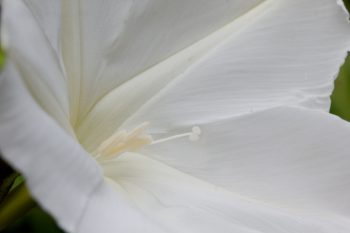This red maple in our back yard is turning its spectacular scarlet. It was a wet and cool day and I just went outside to take a few pictures from the back steps. This one is a bit dark but it was a dark, dreary day. The red is certainly nice and the color on this tree is considerably better than some. This hasn’t been the most spectacular fall in terms of color. The bulk of the woods are yellow or a slightly orange or reddish brown but that’s normal. There are, of course, some trees that really stand out with brilliant color but it feels like there are fewer this year than normal. But that’s not a scientific measurement, just a gut feeling.
Monthly Archives: October 2020
Red Maple
Anemone hupehensis var. japonica ‘Pamina’
We bought this Japanese anemone last year and it was in a pot over the winter. I planted it this spring and for a while it looked like the rabbits were not going to let it grow or bloom. Eventually I put a fence of hardware cloth around it, which they quickly knocked over. Now it’s staked to the ground with tent pegs and isn’t going anywhere. I’m a little bothered by the background in this, where the hardware cloth gives a regular, if out-of-focus pattern. Anyway, the anemone is quite lovely and I’m pretty happy with it. Hopefully it will get well enough established that we can take down the fence.
Blue Passion Flower and Variegated Yucca
The blue passion flower (Passiflora caerulea) in this photo is the same plant that I photographed in June (see Monday, June 15, 2020). The vine is still blooming very nicely and I particularly like the flower in with the straight, sharp, leaves of this variegated yucca (Yucca gloriosa ‘Variegata’), sometimes known as Spanish dagger. It’s an east coast native although from further south, rather than from here. Nevertheless, it’s hardy as far north as USDA Zone 6. This is a few blocks from our house, with the passion flower happily growing on a mailbox with the yucca at its base.
Persicaria virginiana ‘Painter’s Palette’
I don’t really recommend growing painter’s palette (Persicaria virginiana) unless you have a lot of space and want a natural garden. It has a tendency to spread and is a bit of work to control. We have more than we need and most of the year I’m just about ready to pull it up. This is the time of year I don’t mind it quite so much. There isn’t a lot else in bloom and it provides some color in the border with it’s tiny, red flowers on wispy stalks. We have a lot of it mixed with Verbena bonariensis in the large, central bed in our front garden and the two of them together are pretty nice. The foliage is also interesting, with green alternating with a very pale green and with a reddish, V shape stripe.
Junonia coenia (Common Buckeye)
Just a few days ago I mentioned that we were seeing fewer butterflies in the garden. Then I saw and photographed a painted lady (Vanessa cardui), a red admiral (Vanessa atalanta), a monarch (Danaus plexippus), and today a common buckeye (Junonia coenia), all within just over two weeks. So, the summer is going out strong in terms of butterflies. The common buckeye is not particularly rare here, but we haven’t seen a lot of them this year. It’s a pretty butterfly and quite distinctively marked. Like the recently photographed painted lady and monarch, this one is on the Verbena bonariensis.
Monarch Butterfly (Danaus plexippus)
The late afternoon sun was shining on the hawthorn berries and I took some pictures of them before spotting this monarch butterfly (Danaus plexippus) flitting around the tall verbena (Verbena bonariensis). She flew off for a while but I waited and she came back and I was able to get some pretty nice photos. I figured I can get pictures of the hawthorn again tomorrow. The butterflies are getting to be fewer and fewer, so I want to capture them while I can. We’ve had a pretty steady presence of monarchs this summer, although rarely more than one at a time. This one is in particularly fine shape.
Sneezeweed (Helenium ‘Mardi Gras’)
I posted a picture of this sneezeweed (Helenium ‘Mardi Gras’) back in mid-July, when we first planted it. Almost immediately, the stems were bitten off by some animal. It was high enough that we suspected the deer but it could have been rabbits. We have a lot of rabbits. Anyway, there have been no flowers since then until just recently, when one stem was left along long enough to bloom. I may need to put some protection around this next year or at least have some deer repelling stuff near by. It’s really nice when it blooms, but if they’re going to eat it, there’s not a lot we can do.
Verbena bonariensis
The Verbena bonariensis (tall verbena) is really at its peak right now. That, along with the painter’s palete (Persicaria virginiana) are providing most of the color in our front bed. The daisies shown in yesterday’s post are there, as well as a good collection of merigolds, but these two cover the bulk of the area. The butterflies seem to like them and I’ll have a few photos of them there in the next few days. The painter’s palette is a bit weedy and I wouldn’t mind getting rid of a little of that, but the tiny red buds and flowers are nice this time of year, I have to admit.
Daisy
Cathy bought this plant a while back, either from a woman who was selling plants from her garden or from a nursery and it went into the front bed. We used to call it the spruce bed but now it’s the hawthorn bed (because the spruce is gone and there’s a hawthorn there, now). I think this may be a shasta daisy (Leucanthemum x superbum) called ‘Alaska’ but don’t know for sure. It’s a daisy, anyway, and doing very well. It’s a little hidden and we need to do some more work on that bed, but this has been it’s first real year planted out and in general we’re pretty pleased with it.
Fire
I released some stored carbon back into the atmosphere this evening. It’s been cool for a while and I’ve been meaning to have a fire, so today seemed like the perfect opportunity. Also, I’ve been accumulating papers that need to be destroyed rather than just thrown away or recycled (i.e. things that have Social Security Numbers, bank account info, etc.). So, I took this opportunity to burn a box of papers, as well. When I was done with the papers, though, I just enjoyed the fire, watching the wood burn, watching the dancing flames, smelling the wood smoke in the cool, autumn air. It was lovely.
Ipomoea alba (Moonflower)
Cathy got a pot of seedlings from our friend Janis. The mice got into them and they were therefore all mixed up, so Cathy called it the Mouse Mix. This is one of the plants from that, a moonflower (Ipomoea alba). The related I. batatas is the sweet potato and is also grown as an ornamental, because of its unusually shaped leaves. This, clearly, is grown for the large, white flower. In tropical climates it can grow to 70 feet or more, but here, grown as an annual, it won’t get anywhere near that. This one is tiny, growing in a pot on our driveway. Starting them early and putting them out as soon as the danger of frost is past can give you ten or fifteen feet of growth, though, and is worth trying.

